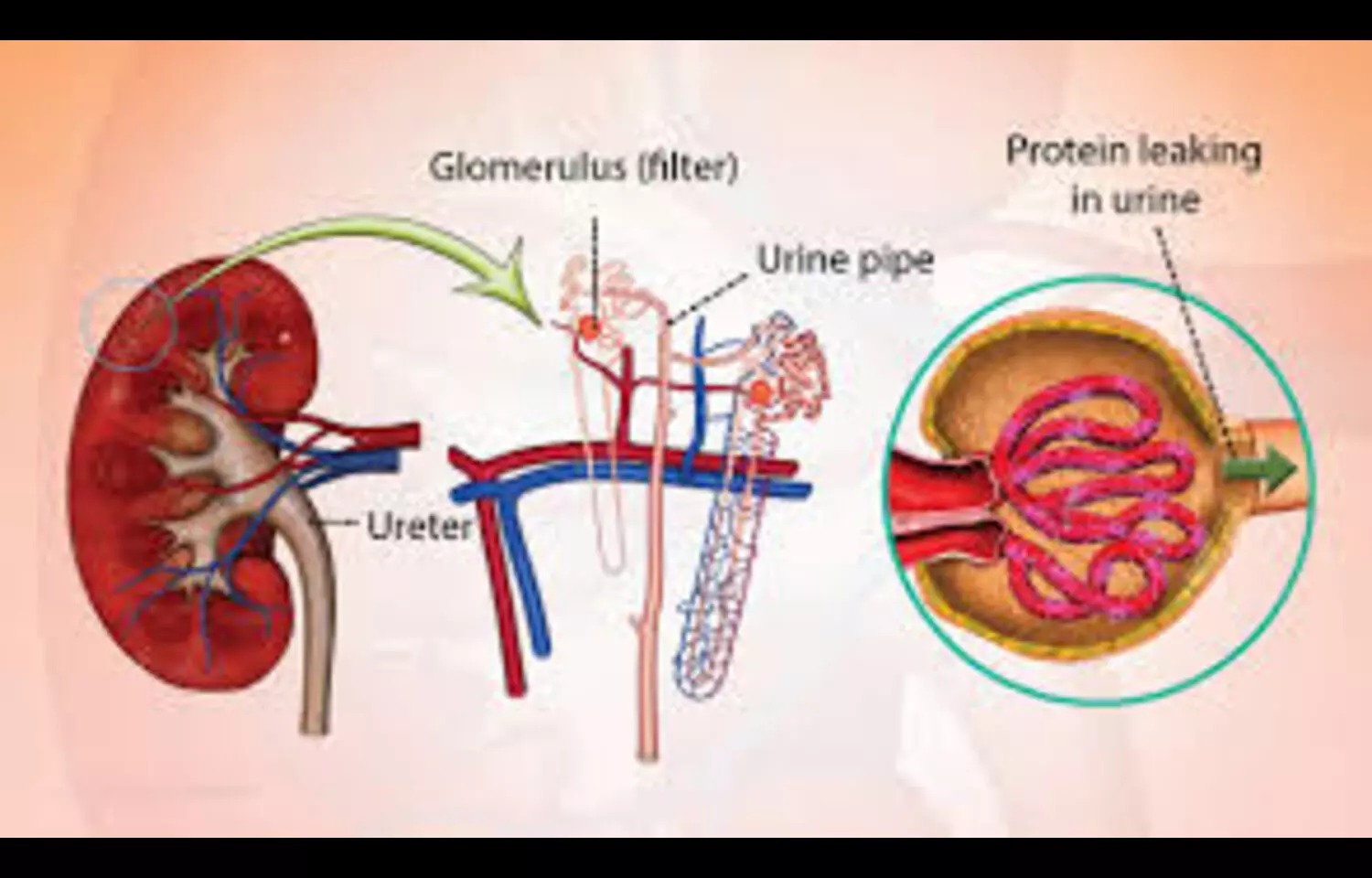High UBUR Independent Predictor of Proteinuria Remission in Nephrotic Syndrome, suggests study
- byDoctor News Daily Team
- 22 October, 2025
- 0 Comments
- 0 Mins

Researchers have found in a new study that high urine-to-blood urea nitrogen ratio (UBUR) is an independent predictor of proteinuria remission in adults with nephrotic syndrome and shows promise as a simple, valuable biomarker for guiding disease management. The findings, published inClinical and Experimental Nephrologyby Kamal Kant Kohli and colleagues, highlight the role of UBUR as a non-invasive and cost-effective measure that can assist clinicians in predicting outcomes more reliably than conventional markers. Nephrotic syndrome is a chronic glomerular disorder characterized by heavy proteinuria, hypoalbuminemia, and edema, and remains a therapeutic challenge despite advances in medical care. By identifying UBUR as a predictive factor, this study adds a new dimension to risk stratification and treatment monitoring in patients with the condition. The research examined adult patients with nephrotic syndrome and assessed the relationship between baseline UBUR levels and subsequent remission of proteinuria under treatment. Higher UBUR values were consistently associated with better remission rates, independent of age, sex, baseline renal function, and treatment modalities. Unlike more complex or costly biomarkers, UBUR can be derived from routine urine and blood tests, making it practical for widespread clinical use. The study suggests that UBUR may reflect the balance between renal filtration and systemic metabolic clearance, offering insights into disease activity and treatment responsiveness. Importantly, this predictive value was observed across different etiologies of nephrotic syndrome, supporting its generalizability in diverse clinical contexts. The authors conclude that UBUR could be incorporated into regular patient evaluations to improve clinical decision-making and personalized management of nephrotic syndrome. By helping to identify which patients are more likely to achieve remission, clinicians may be able to optimize therapy, monitor progress more effectively, and counsel patients with greater accuracy. The study also calls for further validation in larger and more diverse cohorts, as well as exploration of how UBUR interacts with other biomarkers of renal disease. As nephrology moves toward precision medicine, UBUR may become a valuable addition to the toolkit for improving outcomes in patients with proteinuric kidney disease. Keywords:nephrotic syndrome, proteinuria remission, UBUR, urine-to-blood urea nitrogen ratio, renal biomarkers, Clinical and Experimental Nephrology, Kamal Kant Kohli, personalized nephrology, glomerular disease
Disclaimer: This website is designed for healthcare professionals and serves solely for informational purposes.
The content provided should not be interpreted as medical advice, diagnosis, treatment recommendations, prescriptions, or endorsements of specific medical practices. It is not a replacement for professional medical consultation or the expertise of a licensed healthcare provider.
Given the ever-evolving nature of medical science, we strive to keep our information accurate and up to date. However, we do not guarantee the completeness or accuracy of the content.
If you come across any inconsistencies, please reach out to us at
admin@doctornewsdaily.com.
We do not support or endorse medical opinions, treatments, or recommendations that contradict the advice of qualified healthcare professionals.
By using this website, you agree to our
Terms of Use,
Privacy Policy, and
Advertisement Policy.
For further details, please review our
Full Disclaimer.
Recent News
PG AYUSH: DME Gujarat notifies schedule for Round...
- 28 October, 2025
Delhi Doctor accused under PCPNDT Act gets court r...
- 28 October, 2025
TCT 2025: ShortCUT Trial Compares Cutting Balloon...
- 28 October, 2025
Daily Newsletter
Get all the top stories from Blogs to keep track.


0 Comments
Post a comment
No comments yet. Be the first to comment!